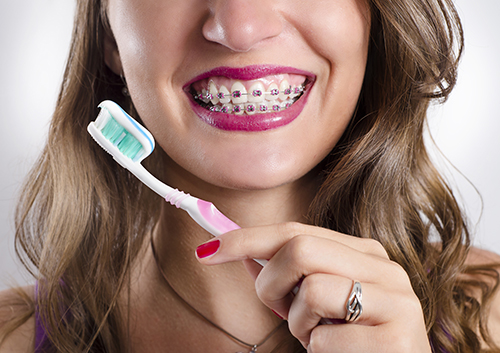
Imagine that you’re only going to brush your teeth once tomorrow. Don’t worry, we know you would never skimp on your dental hygiene like that, but let’s just pretend for a moment. When would be the best time to brush? When you wake up? During the day? Or perhaps before you go to bed?
Actually, whenever you choose to brush, you’ll receive important overall dental benefits as well as specific benefits tied to the time of day. Let’s explore your daily schedule to see why.
Brushing in the Morning
Brushing when you first jump out of bed produces several positive results.
- Cleaning plaque from your teeth
Plaque is a sticky film made up of oral bacteria, food particles, and saliva. As you sleep, these oral bacteria multiply and produce acids which attack the minerals in your enamel, leaving weak spots which, over time, can become cavities. Brushing removes these bacteria and acids from your enamel before they cause serious harm.
Moreover, plaque hardens if it’s left undisturbed, turning into tartar in a relatively short time. And once plaque becomes tartar, it must be removed by a dental professional. Brushing first thing in the morning removes this plaque buildup and helps prevent tartar from forming.
That bacterial growth we mentioned? It’s also responsible for morning breath. If nothing else, brushing when you wake up means greeting a fresh day with fresh breath, and that’s reason enough to pick up your brush in the morning.
Brushing During the Day
Brushing after meals and snacks also has a lot to recommend it.
- “Leftovers” lead to cavities
Foods, especially foods rich in sugar and carbohydrates, are converted by oral bacteria into acids which weaken enamel and lead to cavities. When food particles remain in the mouth after a meal, bacteria have more time and more fuel to manufacture these acids.
- Acidic foods also affect your teeth
If you have eaten something acidic, such as citrus fruits, sodas, or pickled anything, the acids from these foods can temporarily weaken the mineral strength of your enamel. But brushing immediately after eating or drinking acidic foods can damage weakened enamel. Better to rinse well with water and brush after half an hour or so.
One of the first things you discover when you get your braces is that you might need to brush more often. In fact, it’s best to brush after every meal and even every snack while you’re in braces.
Why? First, because no one wants to smile with food particles sticking to brackets and wires. Even more important, though, the filmy plaque which sticks to your enamel can be harder to remove with those brackets and wires in the way. Since plaque causes weakened enamel and cavities, brushing thoroughly is more important than ever when you wear braces.
Wearing clear aligners means you don’t need to worry about food trapped in brackets or cleaning around wires. After all, you take them out when you eat. But this doesn’t mean you are home free. Brushing after every meal is also a good idea when you wear aligners.
Our teeth have an organic way to help wash away food particles, acids, and bacteria between brushings—saliva! Your aligners, while covering your teeth, decrease their exposure to saliva. It’s really important, then, to make sure you brush after eating. Otherwise, food particles and acids which remain on your teeth after eating are trapped in your aligners, increasing the risk of enamel erosion and decay.
Whether you wear braces or aligners, you’re especially at risk for food particles sticking around your teeth and in your orthodontic appliances. Talk to Drs. Erickson and Aamodt about when to brush your teeth after eating and how to keep your braces or aligners clean throughout the day.
Brushing at Night
Growing up, you probably received regular reminders to brush before bedtime—for several really good reasons:
- Saliva production slows while you sleep
During the day, saliva helps to wash away food particles and neutralize acidity in our mouths. It also contains proteins and minerals which help keep tooth enamel strong. But as we sleep, saliva production slows dramatically, and our bodies can’t remove bacteria and acids as effectively.
- Food particles fuel bacterial growth
If you haven’t brushed since morning, you’ve accumulated a whole day’s worth of food particles from meals and snacks. Remember, oral bacteria use the sugars and carbs we eat as fuel to produce the acids which attack our tooth enamel throughout the night.
- Brushing helps prevent both of these problems
Brushing your teeth before bed not only cleans away the accumulated food particles of the day, but also eliminates the plaque and bacteria which would have a much easier time sticking to your teeth without that daytime saliva flow to wash them away.
So, When’s the Best Time to Brush?
In the morning, during the day, at night—there are solid advantages to brushing any time of day. The question isn’t so much when to brush as how often you should brush.
While many dental professionals consider brushing before bedtime as the most important brush of the day, brushing at least two full minutes, at least twice during a 24 hour period, is a necessity for basic dental hygiene, along with flossing at least once a day.
When you’ve been eating sugary snacks, when you’re showing signs of gingivitis or getting more than your share of cavities, when you want to reduce the chance of plaque and tartar buildup, or when you simply want to make sure you’re doing everything you can to maintain your overall dental health, brushing after meals is also highly recommended.
And when you wear braces or aligners, frequent brushing (and flossing) is the very best way to make sure your teeth stay clean and cavity-free.
Talk to Drs. Erickson and Aamodt about your brushing habits at your next appointment at our White Bear Lake, Eagan, Apple Valley, or Pine City, MN office. No need to use your imagination to plan your best brushing schedule. We have all the answers you need to help you brush your way to your best—and healthiest—smile!
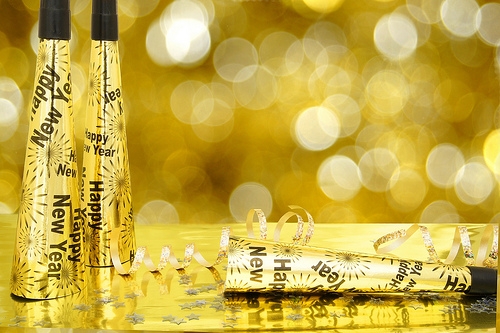

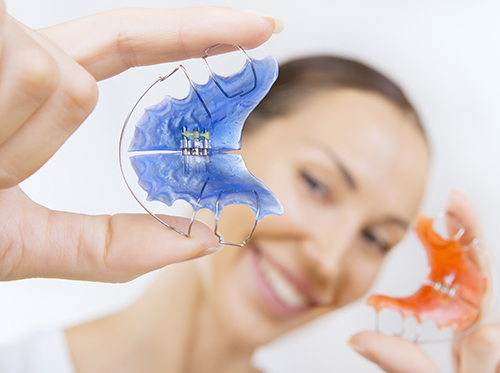



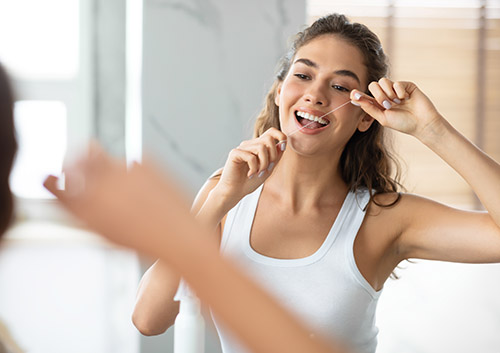

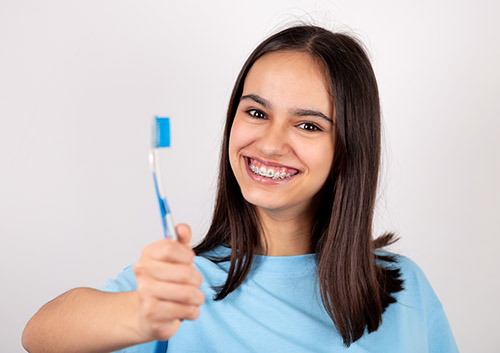
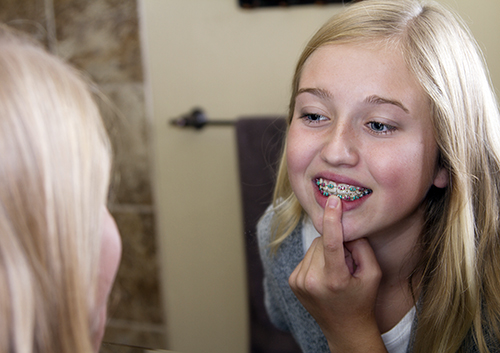










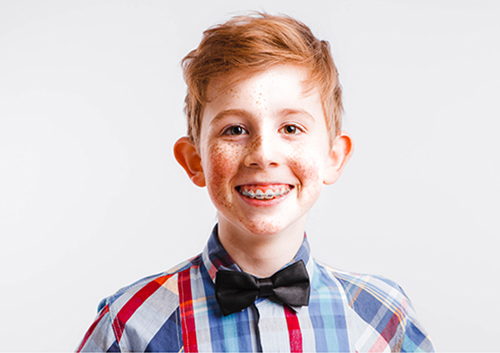


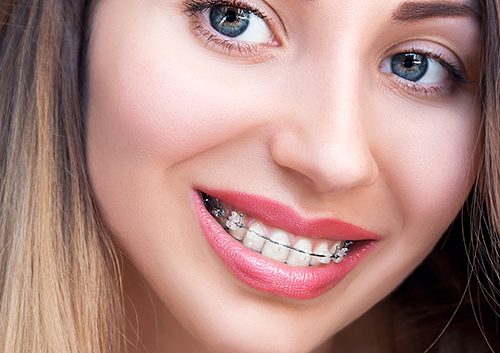

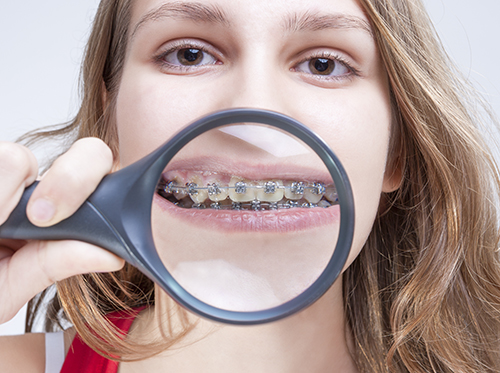


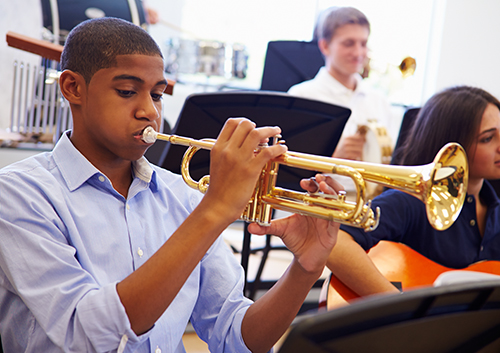

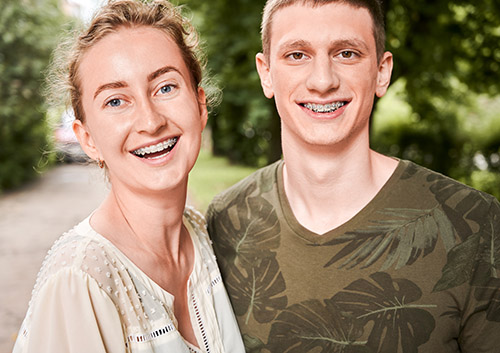






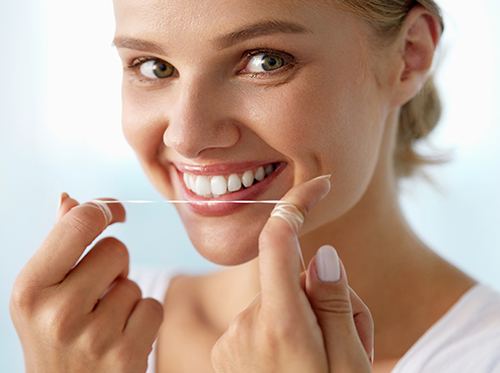



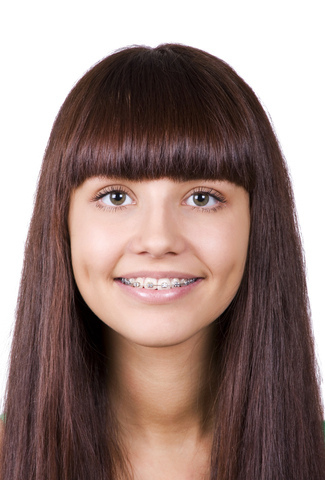
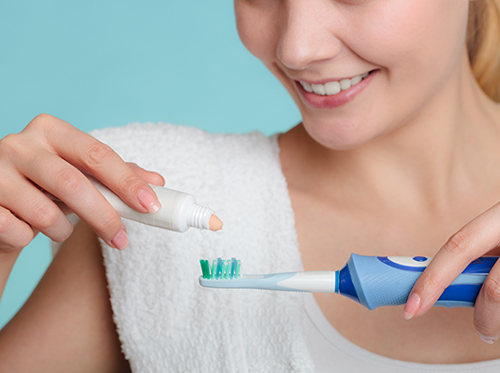
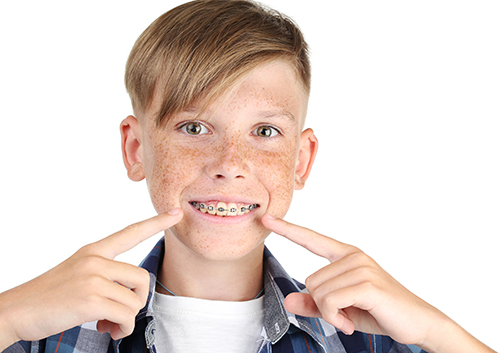


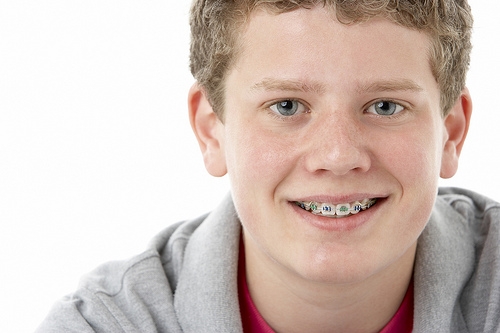
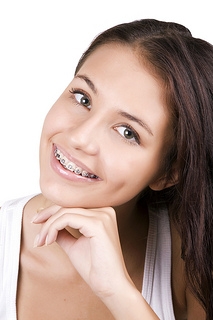

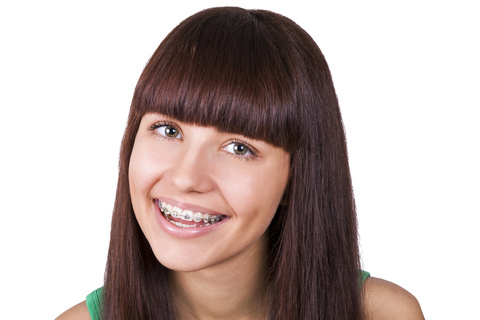










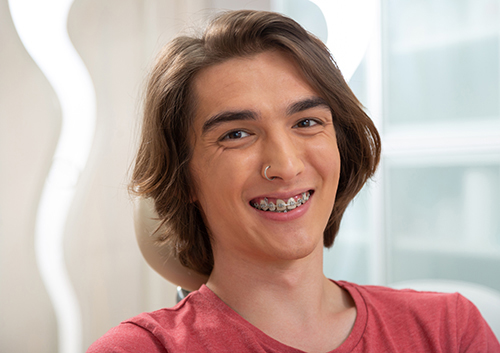







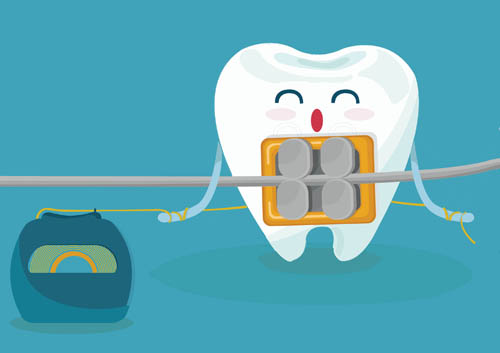



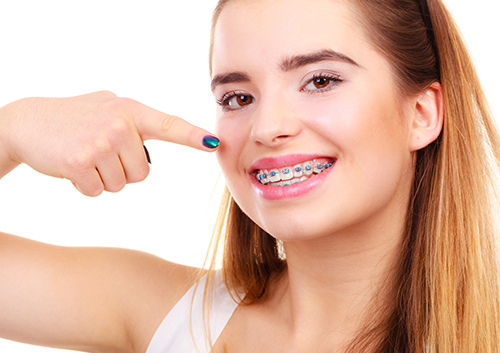
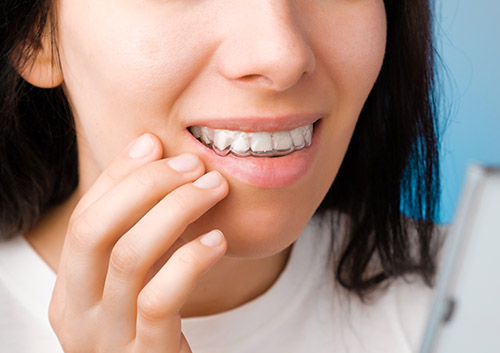
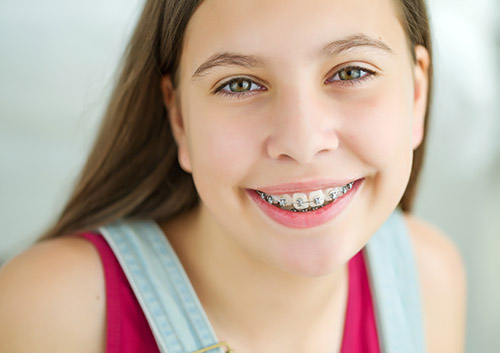
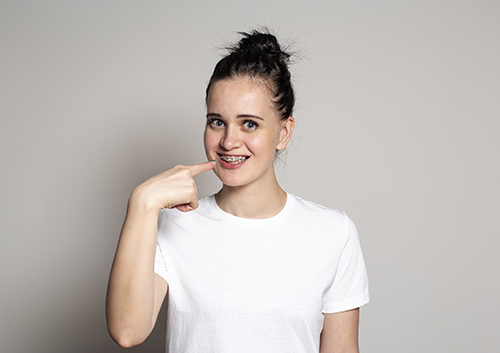

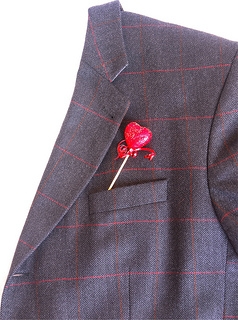

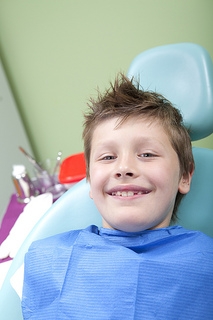
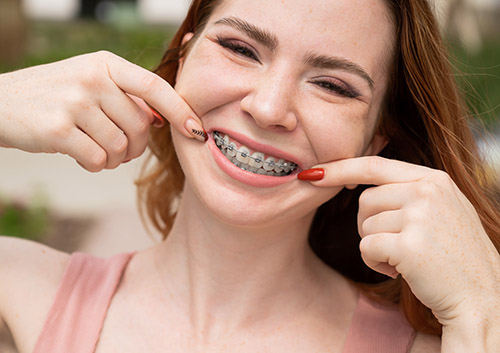

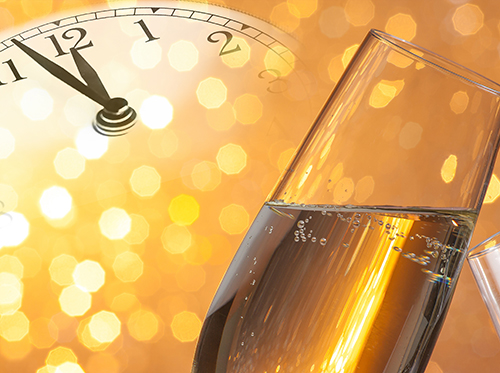





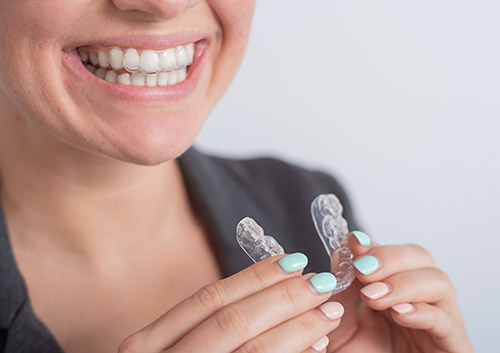
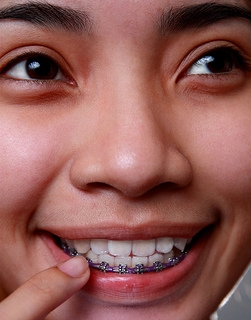






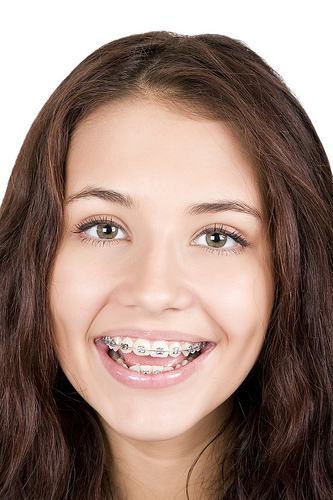
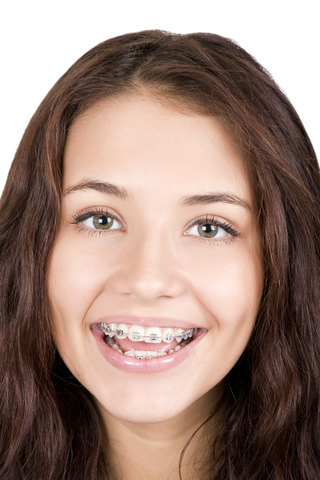


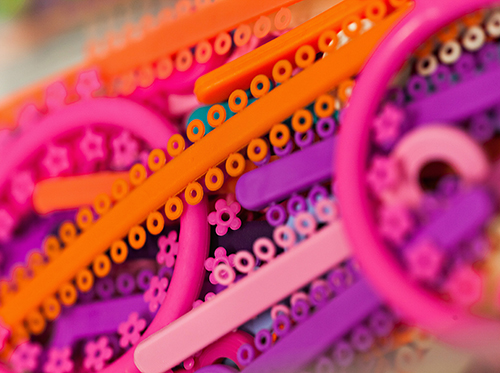























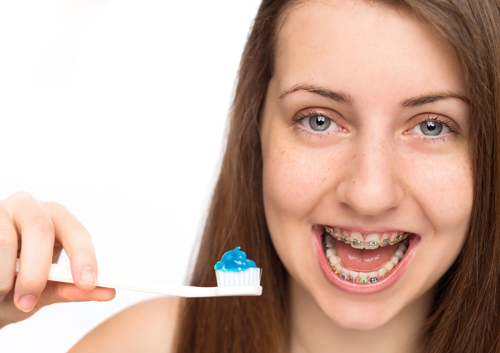


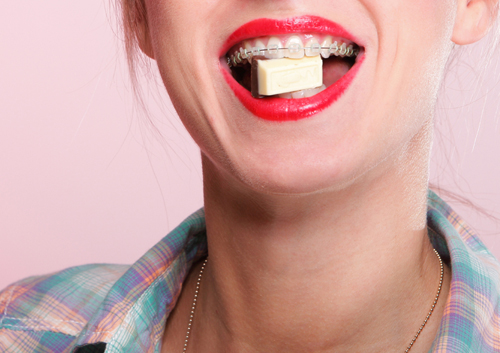
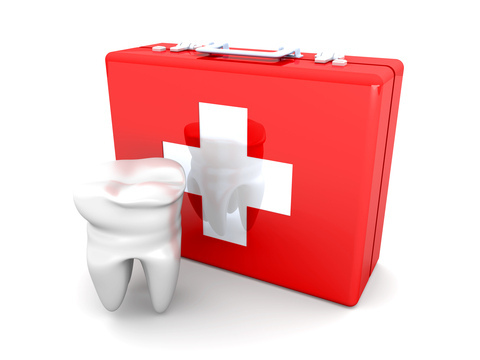
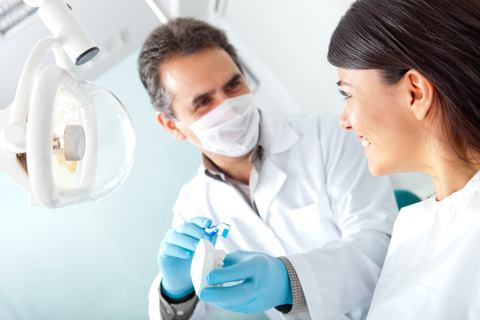

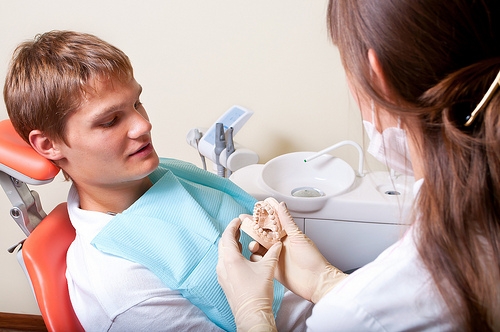

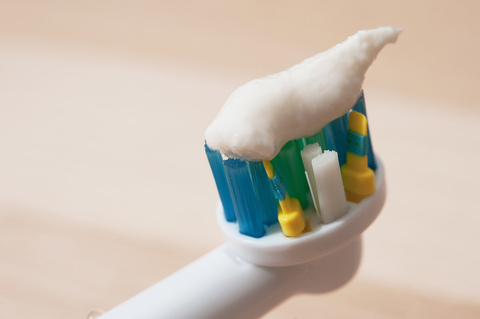
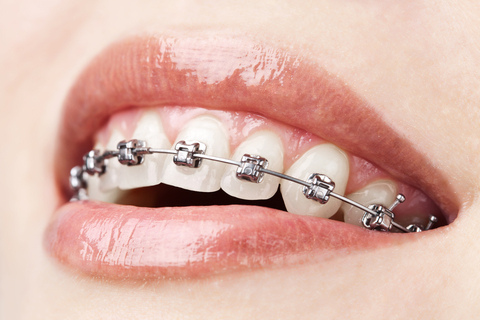





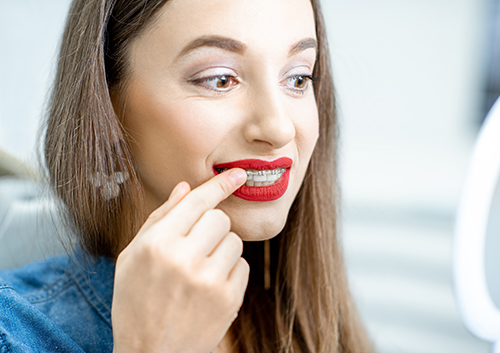
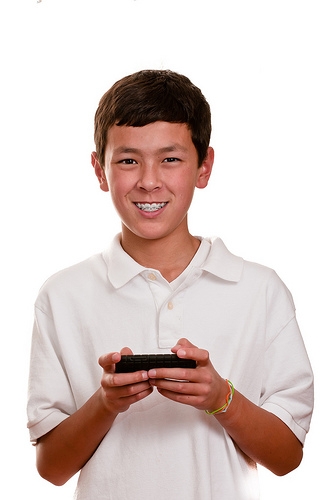







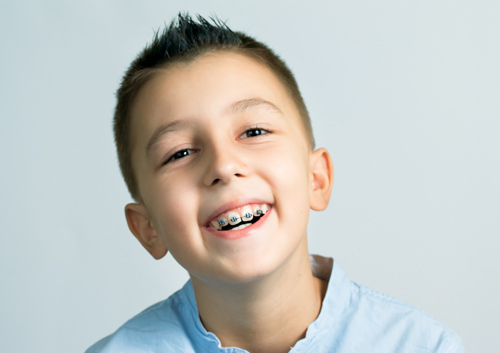
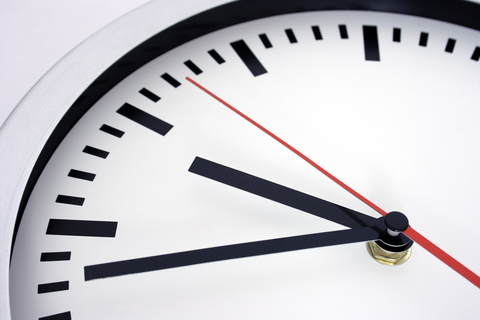



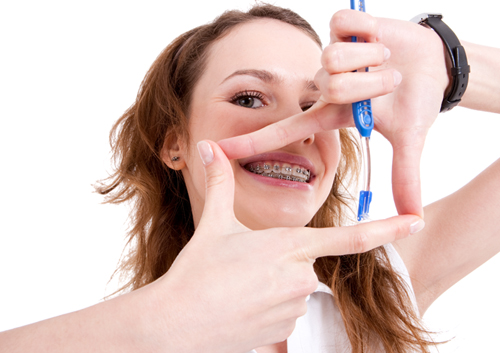
















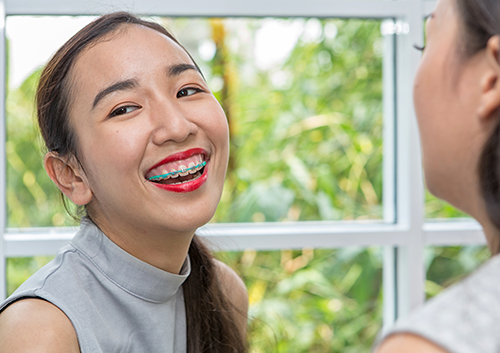





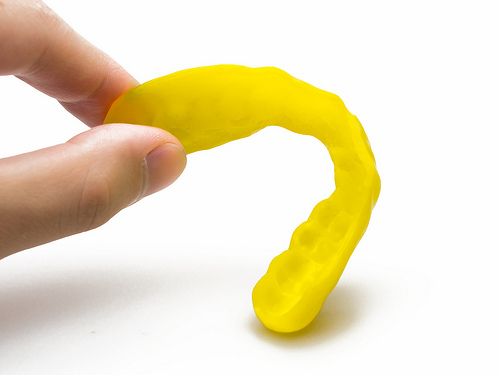
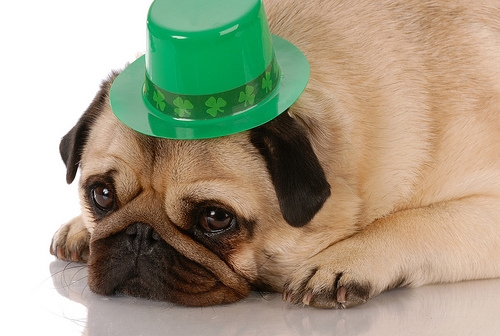










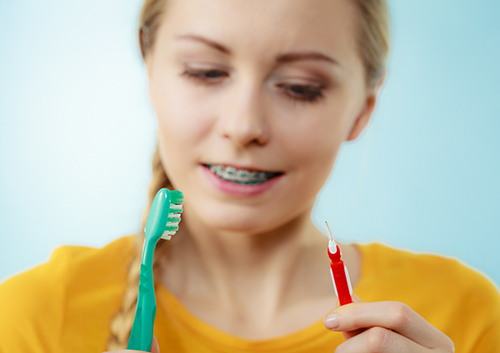

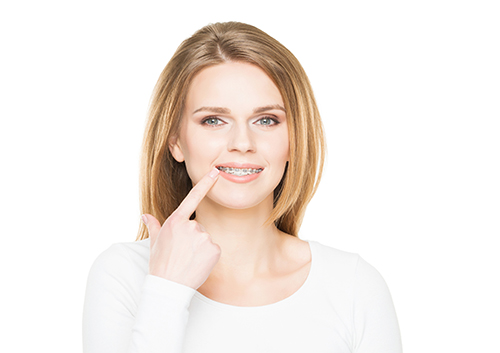










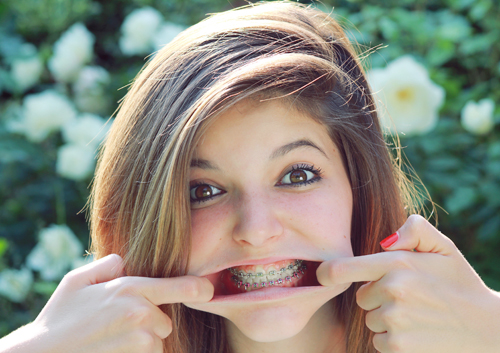
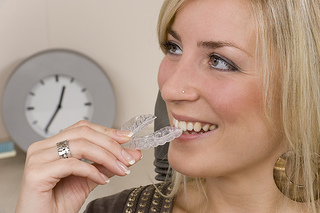



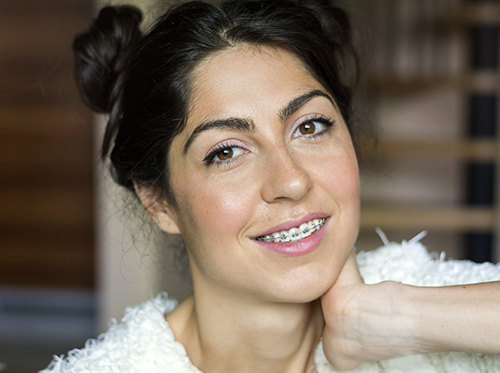

















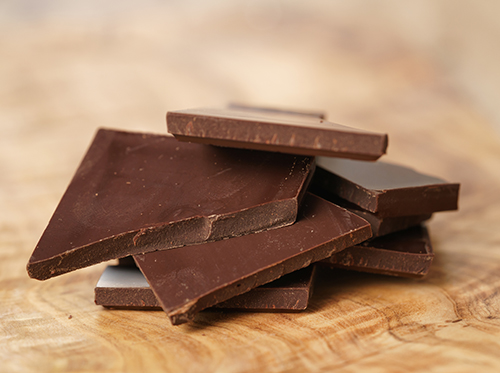







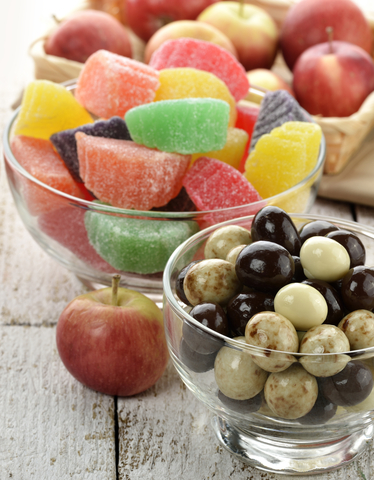





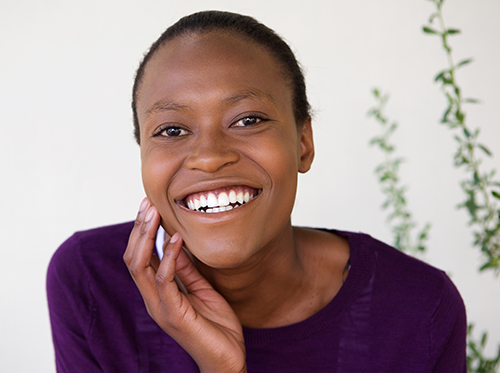

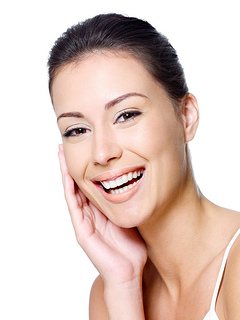












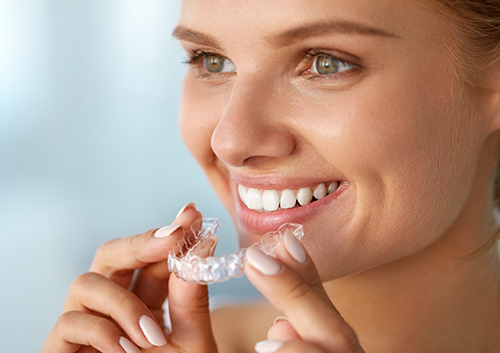
















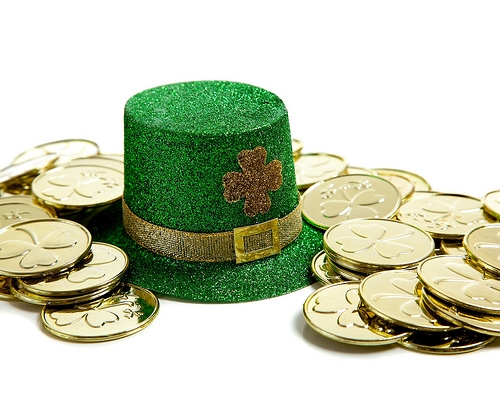








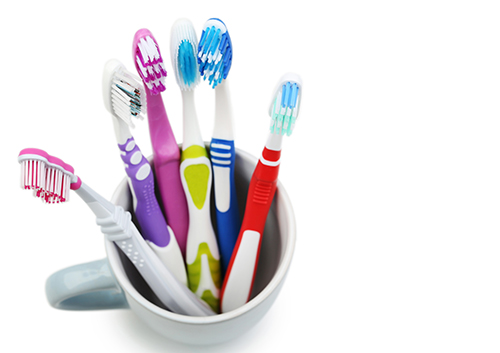



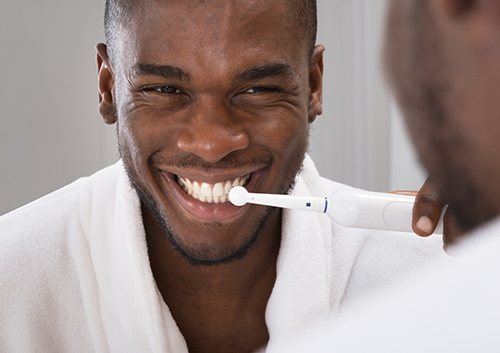
































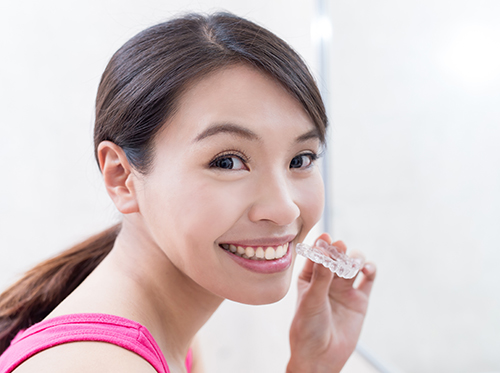


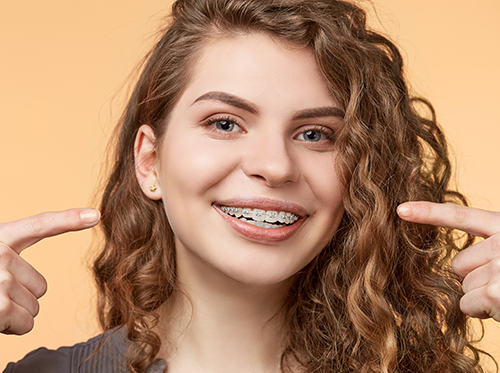













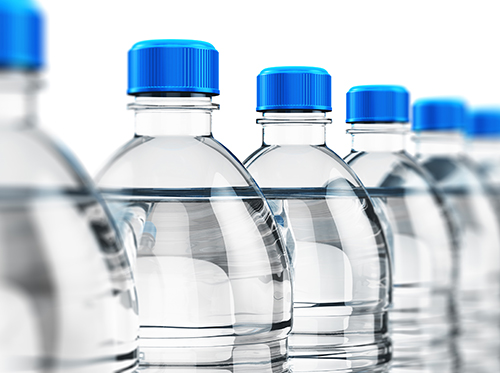
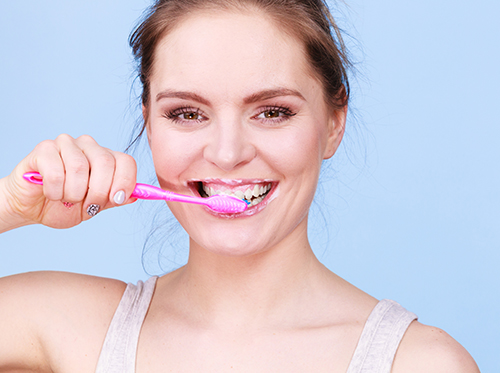

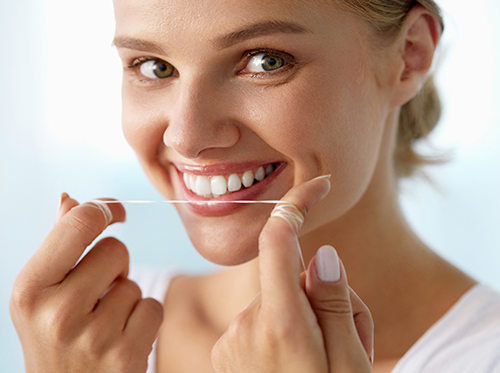
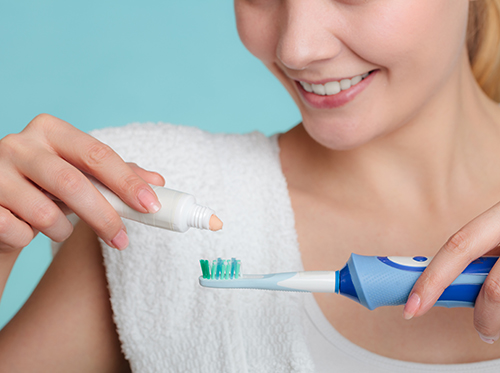







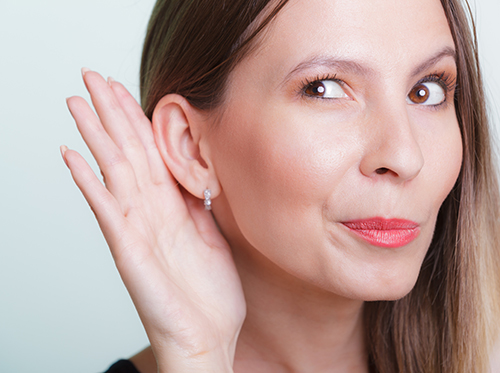
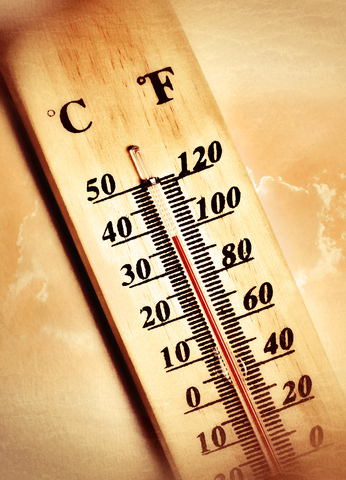





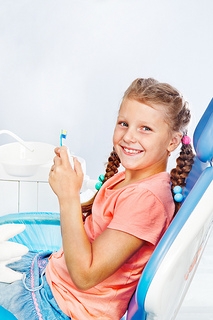





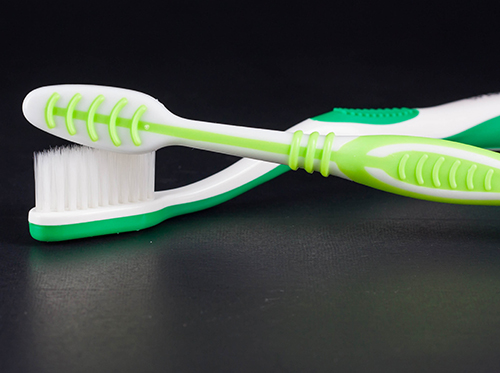
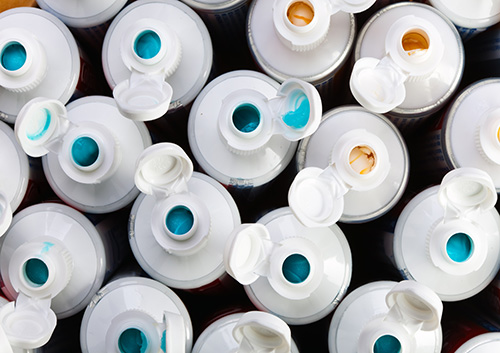

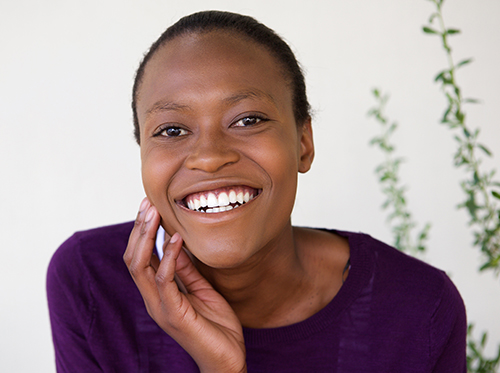
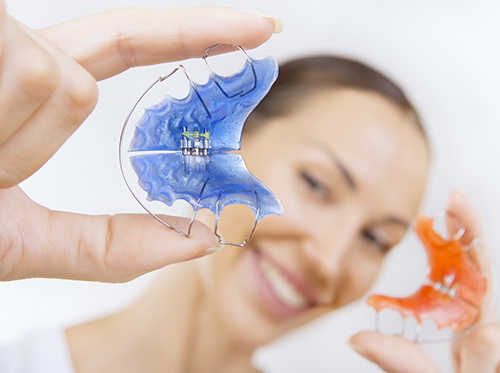
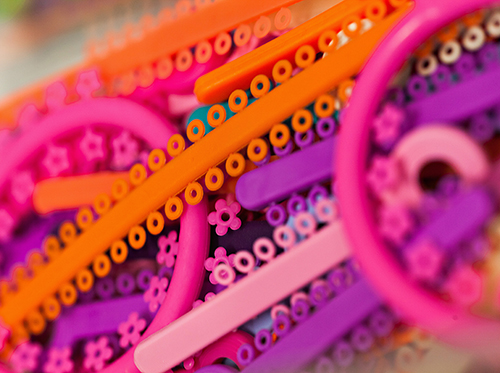

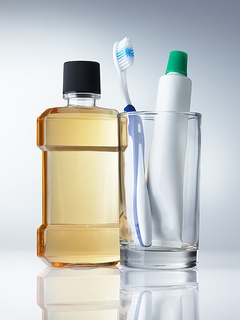

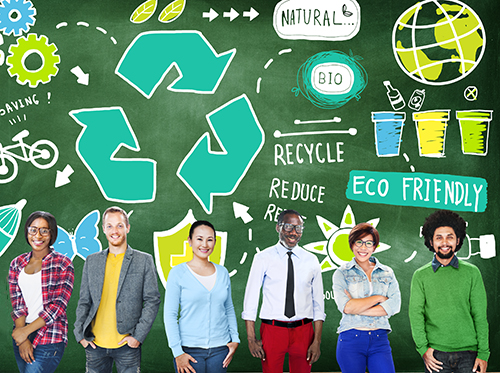







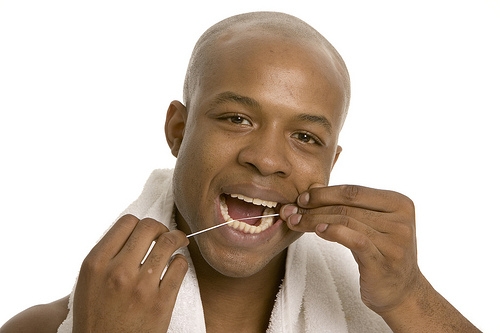



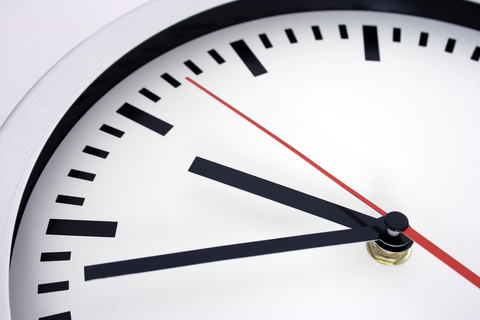

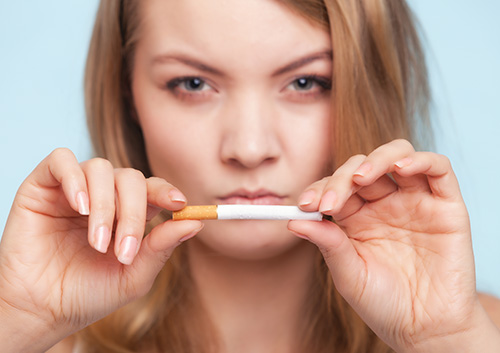





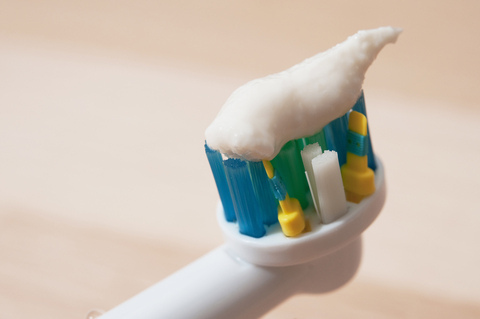
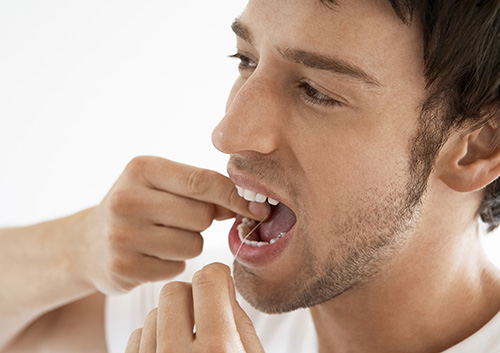




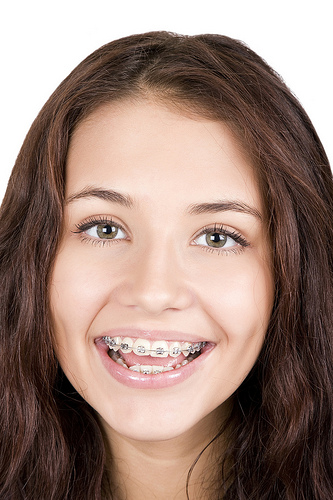











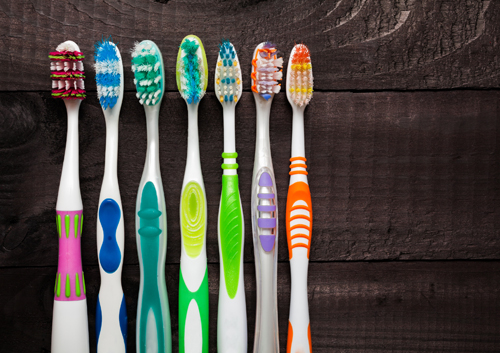
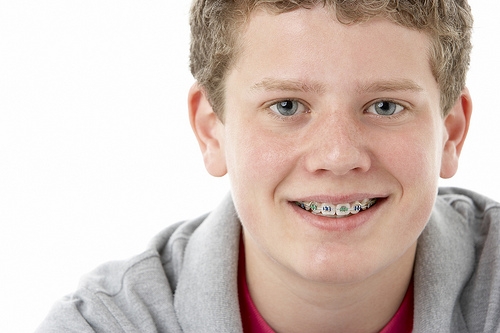

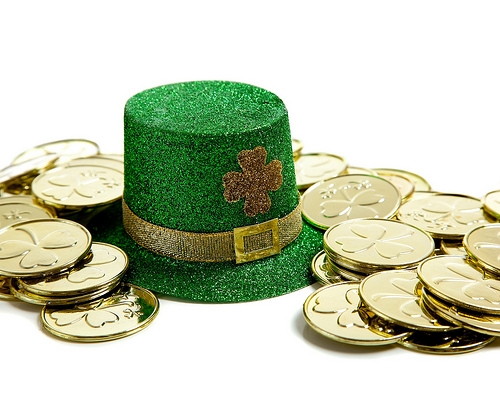


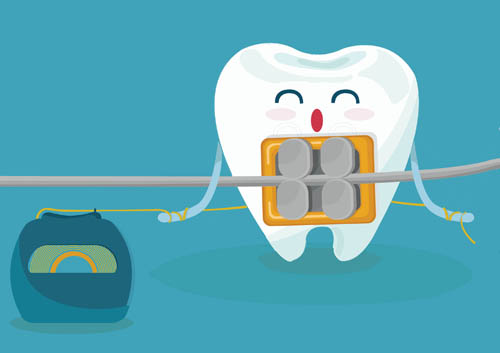




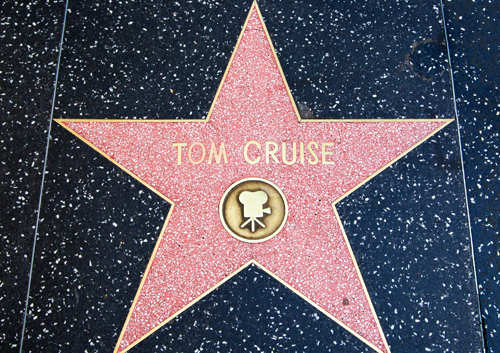

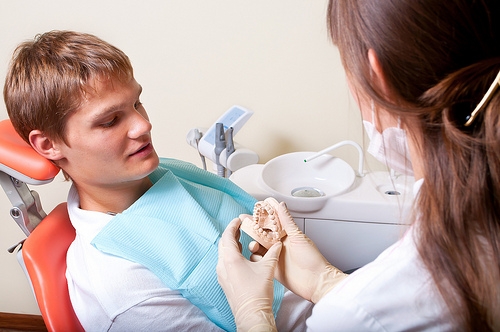

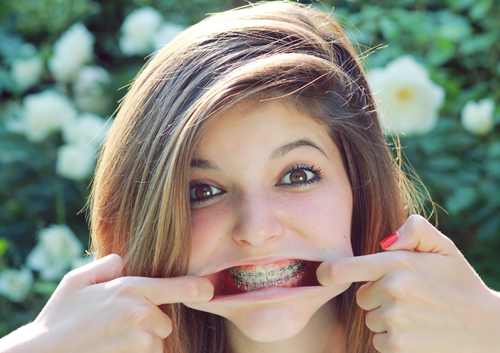

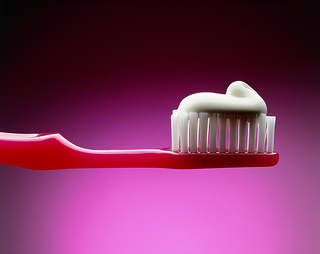




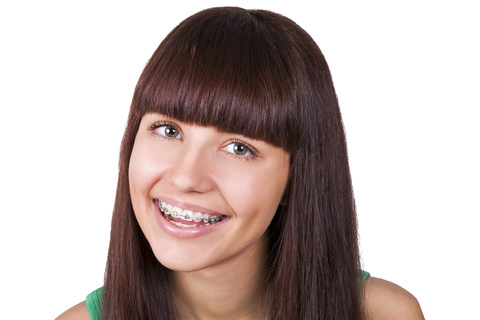

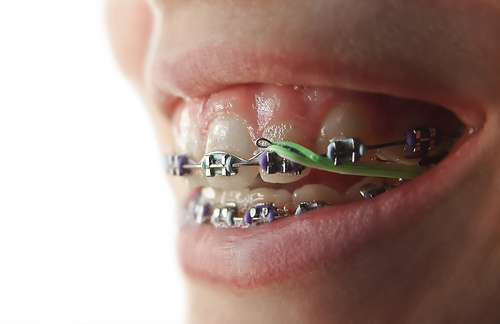

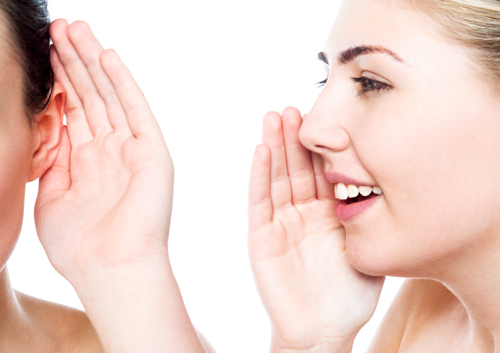


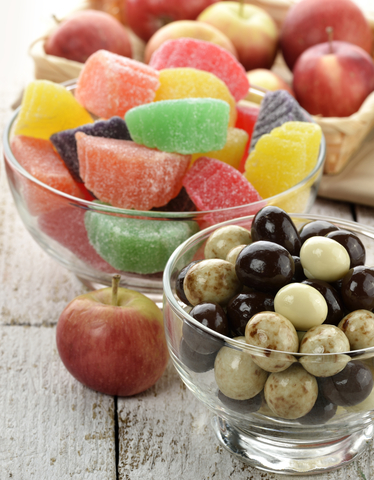
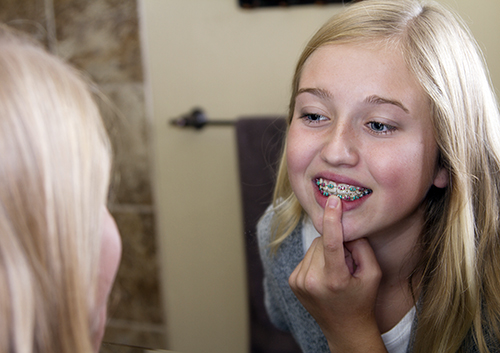


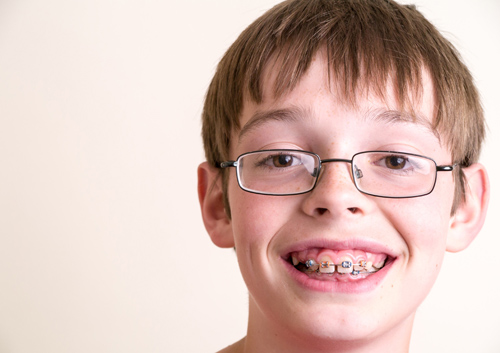









































































































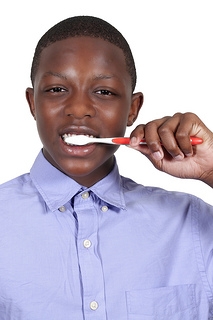










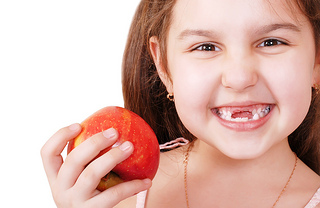
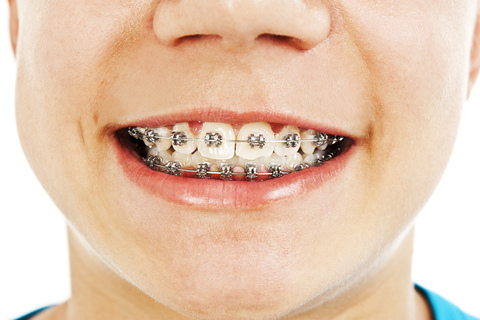







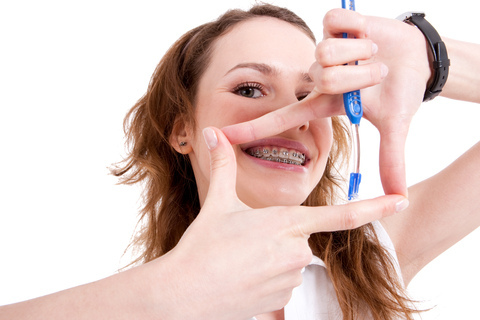















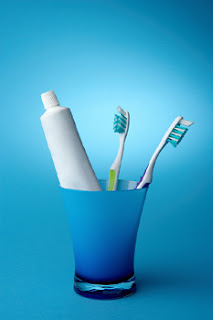



















 Cold and flu season is here yet again. The folks at
Cold and flu season is here yet again. The folks at 

















 Absolutely not! Orthodontic treatment for adults is becoming more and more common. In fact, the number of adults getting braces has actually climbed 24 percent since 1996! More adults than ever are realizing that orthodontic treatment is not just for kids, and can help improve the aesthetics and health of a smile of any age! In a society where appearance matters and can help make the difference between getting a job or a promotion, adults are choosing wisely to invest in orthodontic treatment.
Absolutely not! Orthodontic treatment for adults is becoming more and more common. In fact, the number of adults getting braces has actually climbed 24 percent since 1996! More adults than ever are realizing that orthodontic treatment is not just for kids, and can help improve the aesthetics and health of a smile of any age! In a society where appearance matters and can help make the difference between getting a job or a promotion, adults are choosing wisely to invest in orthodontic treatment.


 The number one goal of orthodontic treatment is to give you or your child a good bite, meaning straight teeth that work well with the teeth in the opposite jaw. A good bite makes it easier for you to eat, chew, and speak. It can enhance your dental health and your overall health, and may well improve your self-esteem. As a part of your comprehensive dental health care plan, orthodontic treatment can help you retain you teeth—and your smile—for a lifetime.
The number one goal of orthodontic treatment is to give you or your child a good bite, meaning straight teeth that work well with the teeth in the opposite jaw. A good bite makes it easier for you to eat, chew, and speak. It can enhance your dental health and your overall health, and may well improve your self-esteem. As a part of your comprehensive dental health care plan, orthodontic treatment can help you retain you teeth—and your smile—for a lifetime.

 Orthodontic treatment for adults is becoming more and more common. In fact, the number of adults getting braces has actually climbed 24 percent since 1996! More adults than ever are realizing that orthodontic treatment is not just for kids, and can help improve the aesthetics and health of a smile of any age! In society where appearance matters and can help make the difference between getting a job or a promotion, adults are choosing wisely to invest in orthodontic treatment.
Orthodontic treatment for adults is becoming more and more common. In fact, the number of adults getting braces has actually climbed 24 percent since 1996! More adults than ever are realizing that orthodontic treatment is not just for kids, and can help improve the aesthetics and health of a smile of any age! In society where appearance matters and can help make the difference between getting a job or a promotion, adults are choosing wisely to invest in orthodontic treatment.

 When you visit Erickson-Aamodt Orthodontics for your orthodontic consultation, you’ll probably have a lot of questions. We want you to be prepared for your appointment and feel in charge of your orthodontic treatment decisions, so keep these questions in mind to ask when you come in for your appointment:
When you visit Erickson-Aamodt Orthodontics for your orthodontic consultation, you’ll probably have a lot of questions. We want you to be prepared for your appointment and feel in charge of your orthodontic treatment decisions, so keep these questions in mind to ask when you come in for your appointment: Invisalign clear aligners can be a great option for improving the look of your smile. At
Invisalign clear aligners can be a great option for improving the look of your smile. At 

 Each February for the past 62 years, the American Dental Association (ADA) has sponsored National Children's Dental Health Month to raise awareness about the importance of oral health. Developing good habits at an early age and scheduling regular dental visits helps children get a good start on a lifetime of healthy teeth and gums.
Each February for the past 62 years, the American Dental Association (ADA) has sponsored National Children's Dental Health Month to raise awareness about the importance of oral health. Developing good habits at an early age and scheduling regular dental visits helps children get a good start on a lifetime of healthy teeth and gums.
 At
At  Great question!
Great question! Dr. Erickson and Dr. Aamodt and our team know having an attractive smile puts a spring in your step—or two—as well as increases your self-confidence, no matter if you’re 14 or in your late forties. Smiling not only makes people happy and puts them in a good mood, doing it often can even help you live longer, according to previous studies!
Dr. Erickson and Dr. Aamodt and our team know having an attractive smile puts a spring in your step—or two—as well as increases your self-confidence, no matter if you’re 14 or in your late forties. Smiling not only makes people happy and puts them in a good mood, doing it often can even help you live longer, according to previous studies! Many folks consider the beginning of a new year a time to not only reflect on the year that was, but also to set personal goals for the upcoming year. How are you planning to improve your health and happiness in 2012? Drs. Keith Erickson and John Aamodt and our team recommend that you make a New Year’s resolution to benefit your oral health!
Many folks consider the beginning of a new year a time to not only reflect on the year that was, but also to set personal goals for the upcoming year. How are you planning to improve your health and happiness in 2012? Drs. Keith Erickson and John Aamodt and our team recommend that you make a New Year’s resolution to benefit your oral health! The year is almost over, so we wanted to ask what was memorable about 2011 for you, and what are you looking forward to in 2012? Do you have a new year's resolution, or any exciting plans for the coming year?
The year is almost over, so we wanted to ask what was memorable about 2011 for you, and what are you looking forward to in 2012? Do you have a new year's resolution, or any exciting plans for the coming year? Drs. Erickson and Aamodt and our team at
Drs. Erickson and Aamodt and our team at  With winter sports right around the corner, many patients here at
With winter sports right around the corner, many patients here at  Our friends at the American Association of Orthodontists (AAO) have put together a helpful list that outlines when you should call Drs. Keith Erickson and John Aamodt. Here are some early warning signs indicating it’s time to check in with us:
Our friends at the American Association of Orthodontists (AAO) have put together a helpful list that outlines when you should call Drs. Keith Erickson and John Aamodt. Here are some early warning signs indicating it’s time to check in with us: We love when patients ask us that question! Now that you’re wearing braces, it’s just as important to maintain a good oral hygiene regimen as you did prior to your orthodontic treatment.
We love when patients ask us that question! Now that you’re wearing braces, it’s just as important to maintain a good oral hygiene regimen as you did prior to your orthodontic treatment.
 Are you wondering what Invisalign treatment is really like, and what effect it will have on your day-to-day activities? Will it slur your speech? Will people know you're in treatment? You're not alone in your concerns! Drs. Keith Erickson and John Aamodt and our team thought we’d share this list of questions and answers for anyone pondering Invisalign treatment at
Are you wondering what Invisalign treatment is really like, and what effect it will have on your day-to-day activities? Will it slur your speech? Will people know you're in treatment? You're not alone in your concerns! Drs. Keith Erickson and John Aamodt and our team thought we’d share this list of questions and answers for anyone pondering Invisalign treatment at  All of us at
All of us at  It’s that spooky time of year again and Drs. Erickson and Aamodt and our team thought we’d share some Halloween tips from our friends at the American Association of Orthodontists.
It’s that spooky time of year again and Drs. Erickson and Aamodt and our team thought we’d share some Halloween tips from our friends at the American Association of Orthodontists. At
At  Happy October! For those who don't know, it’s
Happy October! For those who don't know, it’s  Just as there are so many different types of toothbrushes to choose from, each brush also has a different type of bristle! There are generally three different types of bristles; hard, medium, and soft. Our team at
Just as there are so many different types of toothbrushes to choose from, each brush also has a different type of bristle! There are generally three different types of bristles; hard, medium, and soft. Our team at  It's October, and before you know it the leaves will start falling from the trees, the weather will cool down, and people will be preparing for Halloween and Thanksgiving. Not only is it the beginning of Autumn, but it's also the start of our Annual Fall Food Drive!
It's October, and before you know it the leaves will start falling from the trees, the weather will cool down, and people will be preparing for Halloween and Thanksgiving. Not only is it the beginning of Autumn, but it's also the start of our Annual Fall Food Drive! At
At  If you recently completed treatment at
If you recently completed treatment at  Many people know that Invisalign is a great alternative to braces if you don't want to experience the look and feel of traditional metal braces. What few people know, though, is that just like traditional braces, Invisalign requires proper care to work effectively. Good oral hygiene is highly important, even when you are wearing something in your mouth that you can take out to eat with. It's still likely that your aligners can build up plaque if not treated properly. When wearing your Invisalign aligners, Drs. Keith Erickson and John Aamodt wants you to ask yourself the following questions:
Many people know that Invisalign is a great alternative to braces if you don't want to experience the look and feel of traditional metal braces. What few people know, though, is that just like traditional braces, Invisalign requires proper care to work effectively. Good oral hygiene is highly important, even when you are wearing something in your mouth that you can take out to eat with. It's still likely that your aligners can build up plaque if not treated properly. When wearing your Invisalign aligners, Drs. Keith Erickson and John Aamodt wants you to ask yourself the following questions: At
At  Drs. Keith Erickson and John Aamodt and their team at Erickson-Aamodt Orthodontics would like to point you to a few interesting webisodes about orthodontics, located on the
Drs. Keith Erickson and John Aamodt and their team at Erickson-Aamodt Orthodontics would like to point you to a few interesting webisodes about orthodontics, located on the  We’ve all heard that biting your nails is an awful habit, but you many wonder- really- what’s so bad about it? Recently, our team at Erickson-Aamodt Orthodontics found an
We’ve all heard that biting your nails is an awful habit, but you many wonder- really- what’s so bad about it? Recently, our team at Erickson-Aamodt Orthodontics found an  Let’s face it: sports-related injuries are common among children, let alone teens with braces. In a recent survey, the American Association of Orthodontists, or AAO, discovered that 70 percent of parents said their biggest worry is that their child will get hurt while playing sports. But 67 percent admitted that their child doesn’t wear a mouth guard when participating in organized sports such as football, basketball, baseball and soccer. That’s why
Let’s face it: sports-related injuries are common among children, let alone teens with braces. In a recent survey, the American Association of Orthodontists, or AAO, discovered that 70 percent of parents said their biggest worry is that their child will get hurt while playing sports. But 67 percent admitted that their child doesn’t wear a mouth guard when participating in organized sports such as football, basketball, baseball and soccer. That’s why  Braces aren’t just for pre-adolescents and teenagers anymore!
Braces aren’t just for pre-adolescents and teenagers anymore!  Are you brushing and flossing daily during your orthodontic treatment? If yes, that’s great! But, don’t forget that it’s also important for you to visit your general dentist every 3-to-6 months in addition to brushing your teeth and flossing (and visiting
Are you brushing and flossing daily during your orthodontic treatment? If yes, that’s great! But, don’t forget that it’s also important for you to visit your general dentist every 3-to-6 months in addition to brushing your teeth and flossing (and visiting  Yes, it is, and that’s part of what makes it work, explain Drs. Keith Erickson & John Aamodt. To find out if you are the right candidate for Invisalign treatment, the first thing we do is to take an impression of your teeth as they are now and digitize it. Using special software, we look at the current positioning of your teeth and compare it to the way your teeth should look.
Yes, it is, and that’s part of what makes it work, explain Drs. Keith Erickson & John Aamodt. To find out if you are the right candidate for Invisalign treatment, the first thing we do is to take an impression of your teeth as they are now and digitize it. Using special software, we look at the current positioning of your teeth and compare it to the way your teeth should look. If you recently completed treatment at
If you recently completed treatment at  Drs. Keith Erickson & John Aamodt, your White Bear Lake, Eagan, Apple Valley & Pine City orthodontists, recognize that many of our patients are concerned about bad breath, or halitosis. While some cases of bad breath are persistent (chronic bad breath), generally bad breath is transient, and can be prevented.
Drs. Keith Erickson & John Aamodt, your White Bear Lake, Eagan, Apple Valley & Pine City orthodontists, recognize that many of our patients are concerned about bad breath, or halitosis. While some cases of bad breath are persistent (chronic bad breath), generally bad breath is transient, and can be prevented.
 Summer is here! Kids and adults alike will now be spending more time outside being active and enjoying the hotter temperatures. What’s better on a hot summer day than a delicious treat that will cool you down after doing something active in the summer sun? Luckily, our friends at the American Association of Orthodontists (AAO) have just the thing, Watermelon Sorbet! It is also be the perfect treat for the 4th of July! You can find the complete recipe below:
Summer is here! Kids and adults alike will now be spending more time outside being active and enjoying the hotter temperatures. What’s better on a hot summer day than a delicious treat that will cool you down after doing something active in the summer sun? Luckily, our friends at the American Association of Orthodontists (AAO) have just the thing, Watermelon Sorbet! It is also be the perfect treat for the 4th of July! You can find the complete recipe below: True orthodontic emergencies are very rare, but when they do occur we are available to you. As a general rule, you should call the office when you experience severe pain or when you have a painful appliance problem that you can't take care of yourself. We’ll be able to schedule an appointment with Drs. Erickson and Aamodt.
True orthodontic emergencies are very rare, but when they do occur we are available to you. As a general rule, you should call the office when you experience severe pain or when you have a painful appliance problem that you can't take care of yourself. We’ll be able to schedule an appointment with Drs. Erickson and Aamodt. According to the American Dental Association, a person's smile outranked eyes, hair and body as the most important physical feature, which is why it's important for our team at
According to the American Dental Association, a person's smile outranked eyes, hair and body as the most important physical feature, which is why it's important for our team at 
 If you haven't already, we encourage everyone to "
If you haven't already, we encourage everyone to " Dr. Erickson and Dr. Aamodt want to know: Is dairy a major part of your diet? If not, it should be! A
Dr. Erickson and Dr. Aamodt want to know: Is dairy a major part of your diet? If not, it should be! A  Did you know one in every five orthodontic patients is an adult? We’re living longer and technology is improving, making orthodontic treatment an appealing and safe option for patients of all ages. As the trend toward treatment later in life grows, we’re seeing braces on parents as well as children – and even adult celebrities such as Tom Cruise, Gwen Stefani and Nicholas Cage have shown off their braces. It’s never too late to look and feel your best with Erickson-Aamodt Orthodontics!
Did you know one in every five orthodontic patients is an adult? We’re living longer and technology is improving, making orthodontic treatment an appealing and safe option for patients of all ages. As the trend toward treatment later in life grows, we’re seeing braces on parents as well as children – and even adult celebrities such as Tom Cruise, Gwen Stefani and Nicholas Cage have shown off their braces. It’s never too late to look and feel your best with Erickson-Aamodt Orthodontics! Everyone loves fun facts. Fun, fun, fun! The American Association of Orthodontists, or AAO, has come up with some fun facts about orthodontics that our team at
Everyone loves fun facts. Fun, fun, fun! The American Association of Orthodontists, or AAO, has come up with some fun facts about orthodontics that our team at  At Erickson-Aamodt Orthodontics we're dedicated to creating beautiful and healthy smiles. For us that means achieving consistently great results. We also enjoy creating a comfortable, friendly atmosphere for our patients. This includes hosting contests in office and on our
At Erickson-Aamodt Orthodontics we're dedicated to creating beautiful and healthy smiles. For us that means achieving consistently great results. We also enjoy creating a comfortable, friendly atmosphere for our patients. This includes hosting contests in office and on our 
 Did you know the month of May is designated National Physical Fitness and Sports Month? In 1983, President Ronald Reagan encouraged Americans to incorporate more physical activity into their lives, and the reminder is even more significant in this day and age, as kids everywhere are distracted more and more by television, social networking and video games. Kids living an active lifestyle can improve their health, productivity and overall well-being, and best of all? It doesn’t have to take a lot of time!
Did you know the month of May is designated National Physical Fitness and Sports Month? In 1983, President Ronald Reagan encouraged Americans to incorporate more physical activity into their lives, and the reminder is even more significant in this day and age, as kids everywhere are distracted more and more by television, social networking and video games. Kids living an active lifestyle can improve their health, productivity and overall well-being, and best of all? It doesn’t have to take a lot of time! There are so many ways you protect your teeth throughout your
There are so many ways you protect your teeth throughout your  When considering treatment options, patients often ask us how Invisalign treatment is so different than traditional braces. Well, there are more reasons to smile about Invisalign with Erickson-Aamodt Orthodontics than you may know.
When considering treatment options, patients often ask us how Invisalign treatment is so different than traditional braces. Well, there are more reasons to smile about Invisalign with Erickson-Aamodt Orthodontics than you may know. 









